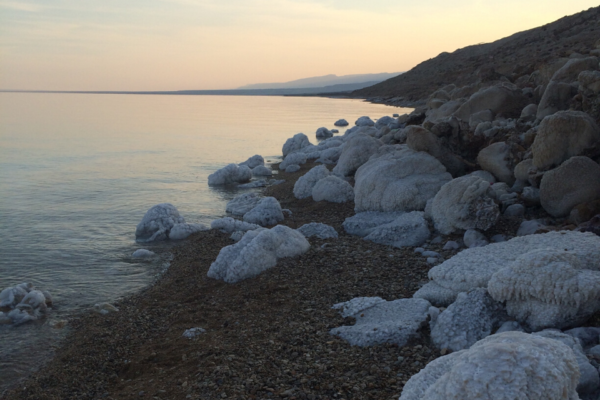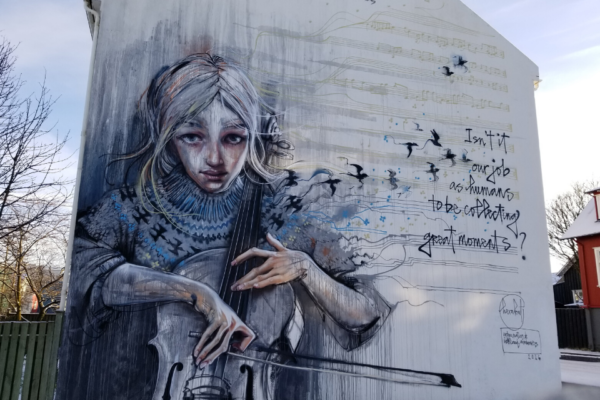No one’s doing much travelling right now, which means it’s the perfect time for travelling PLANNING! Everyone has their own travel style but for me, all I want to do in a new place is see cool stuff. Especially if it’s free. I like learning the histories and backstories of offbeat sights and sometimes I even write about them here on the blog. I like to do research before I embark on an adventure, so by the time I arrive, I already have a list of things I know I want to see. I mainly use three websites to find offbeat sights when travelling and I’m going to tell you about them.
1. ATLAS OBSCURA
Originally a book, and now a website too, Atlas Obscura is my favourite website for finding offbeat sights all over the world. I like Atlas Obscura because they provide a lot of information about the sights, including the history and backstories and exact addresses or descriptions of where to find them. You can search by country or city and there’s also a map feature that shows the locations of the sights. Most of the things I seek to see on my travels I found on Atlas Obscura.
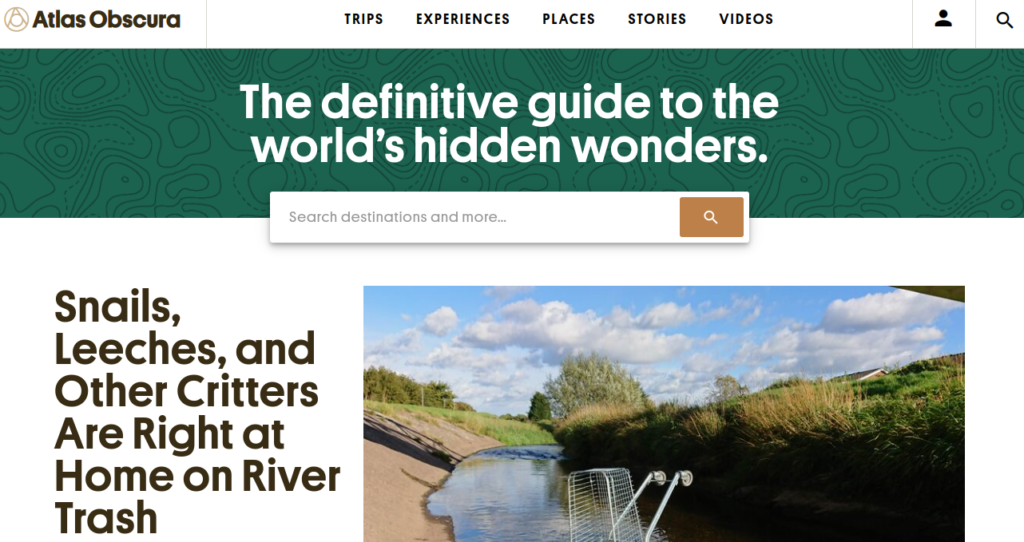
2. WIKITRAVEL
Wikitravel is a travel planning goldmine for thousands of cities all over the world. What I like most about Wikitravel is how much practical information I can get from it. Each city’s Wikitravel page goes over the districts/neighbourhoods of the city, transportation options for getting to the city and getting around once you’re there, interesting sights to visit, foods to eat and where to try them, safety information, contact information for embassies, and so much more.
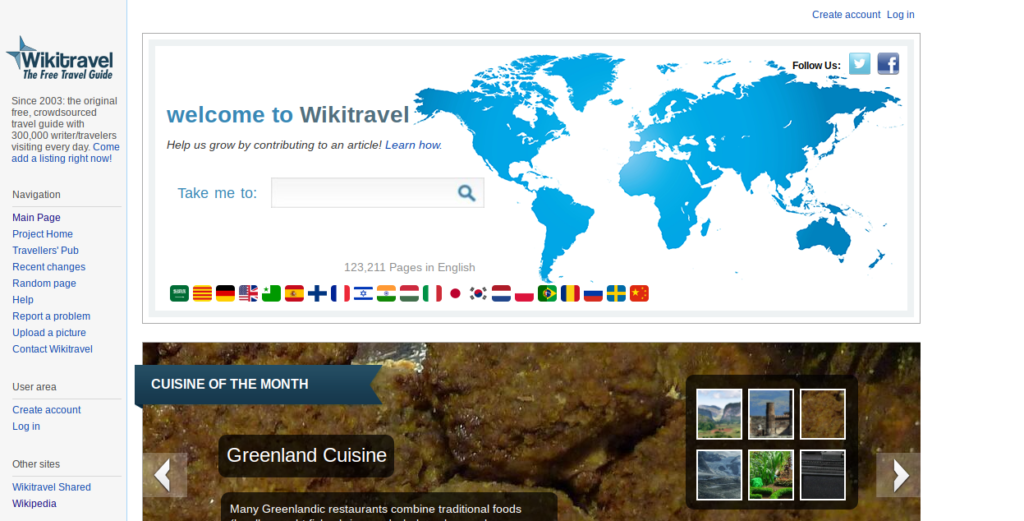
The transportation information is especially useful to me because it’s so detailed, which helps me take advantage of cheap transportation options like public transit. When I started checking out Wikitravel pages, I was surprised that in addition to all the practical information, the pages often contained information about unique and offbeat sights that might not be on the typical tourist radar.
One thing to keep in mind, though, is that by their very nature, wikis can be written and edited by anyone. So, it’s possible that recommendations for restaurants or hotels on Wikitravel pages could be written by the owners of those establishments themselves.
3. SPOTTED BY LOCALS
I love the concept behind Spotted By Locals – people who actually live in a city write about the places they like to go, things they like to see and do, and where and what they like to eat and drink. Every article is written by a local about their favourite local things – no tourist traps allowed! I have found Spotted By Locals to be particularly useful for finding those “hole-in-the-wall” restaurants and watering holes with incredible food and local atmosphere.
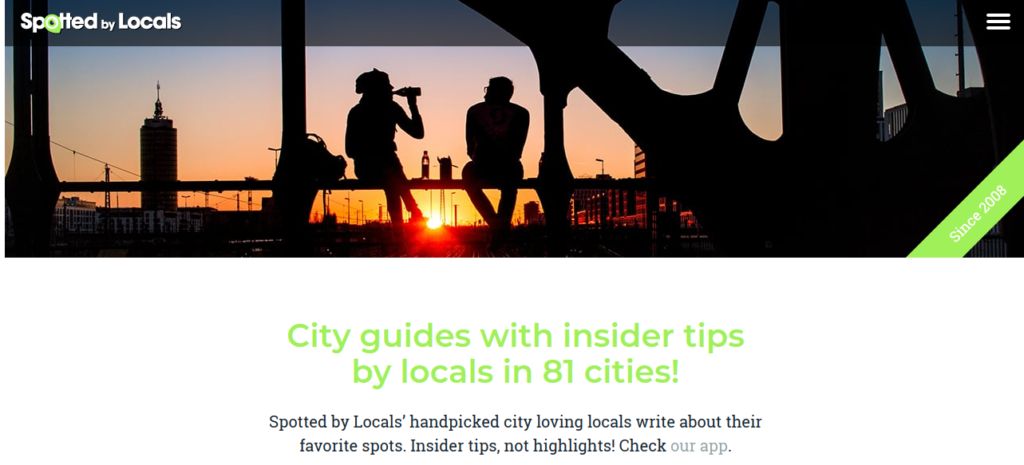
So far, Spotted By Locals has city guides for 81 cities and they add new cities regularly. They have a website that’s totally free to use and has all the information you need to find the sights. They also have an app that costs about $3.99 for each city guide. The nice thing about the app is that it has an offline map (no wifi needed!) that shows the sights in the city and you can filter it for restaurants, bars, galleries, etc. and search by keywords, such as “brunch”.
So, those are the three websites I check for every city I visit (or am thinking about visiting). Honestly, I could spend hours on these websites just reading about all the interesting things in the world. Getting to actually see them in real life is a bonus. I also like looking up my home city on these websites. Doing that, I’ve learned a lot about my local area and had some really fun day trips within my own city.


